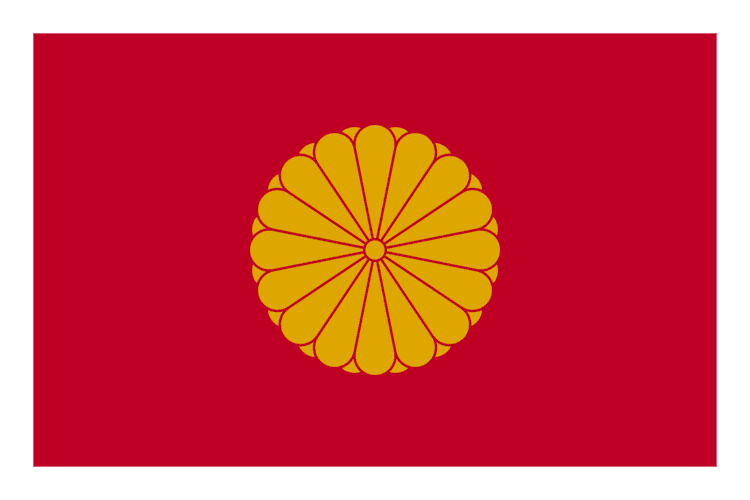 | ||
In Japan, Sesshō (摂政) was a title given to a regent who was named to act on behalf of either a child emperor before his coming of age, or an empress regnant. The Kampaku (関白) was theoretically a sort of chief advisor for the emperor, but was the title of both first secretary and regent who assists an adult emperor. During a certain period in the Heian era, they were the effective rulers of Japan. There was little, if any, effective difference between the two titles, and several individuals merely changed titles as child emperors grew to adulthood, or adult emperors retired or died and were replaced by child emperors. The two titles were collectively known as Sekkan (摂関), and the families that exclusively held the titles were called Sekkan-ke or Sekkan family. After the Heian era, shogunates took over the power.
Contents
Both sesshō and kampaku were styled as denka( or tenga in historical pronunciation; 殿下; his highness) as like Empress consort, Empress dowager, and imperial princes and princesses.
A retired kampaku is called Taikō (太閤), which came to commonly refer to Toyotomi Hideyoshi.
History
In earlier times, only members of the Imperial Family could be appointed sesshō. Kojiki reported that Emperor Ōjin was assisted by his mother, Empress Jingū, but it is doubtful if it is a historical fact. The first historical sesshō was Prince Shōtoku who assisted Empress Suiko.
The Fujiwara clan was the primary holders of the kampaku and sesshō titles. More precisely those titles were held by the Fujiwara Hokke (Fujiwara north family) and its descendants, to which Fujiwara no Yoshifusa belonged.
In 858 Fujiwara no Yoshifusa became sesshō. He was the first not to belong to the Imperial house. In 876 Fujiwara no Mototsune, the nephew and adopted son of Yoshifusa, was appointed to the newly created office of kampaku.
After Fujiwara no Michinaga and Fujiwara no Yorimichi, their descendants held those two office exclusively. In the 12th century, there were five families among the descendants of Yorimichi called Sekke: Konoe family, Kujō family, Ichijō family, Takatsukasa family and Nijō family. Both the Konoe and Kujō family were descendants of Yorimichi, through Fujiwara no Tadamichi. The other three families were derived from either the Konoe or Kujō families. Until the Meiji Restoration of 1868, those five families held those title exclusively with the two exceptions of Toyotomi Hideyoshi and his nephew Toyotomi Hidetsugu.
The offices and titles of sesshō and kampaku were abolished by the declaration of the imperial restoration in 1868 during the Meiji Restoration in order to reorganize the government structure. The office and title of sesshō was stipulated under the former Imperial Household Law in 1889 and also under the new Imperial Household Law in 1948. Under these laws, the officeholder of sesshō is restricted to a member of the Imperial family. Crown Prince Hirohito, before becoming Emperor Shōwa, was sesshō from 1921 to 1926 for the mentally disabled Emperor Taishō. He was called sesshō-no-miya (摂政宮: the Prince-Regent).
List
The following is a list of sesshō and kampaku in the order of succession. The list is not exhaustive.
